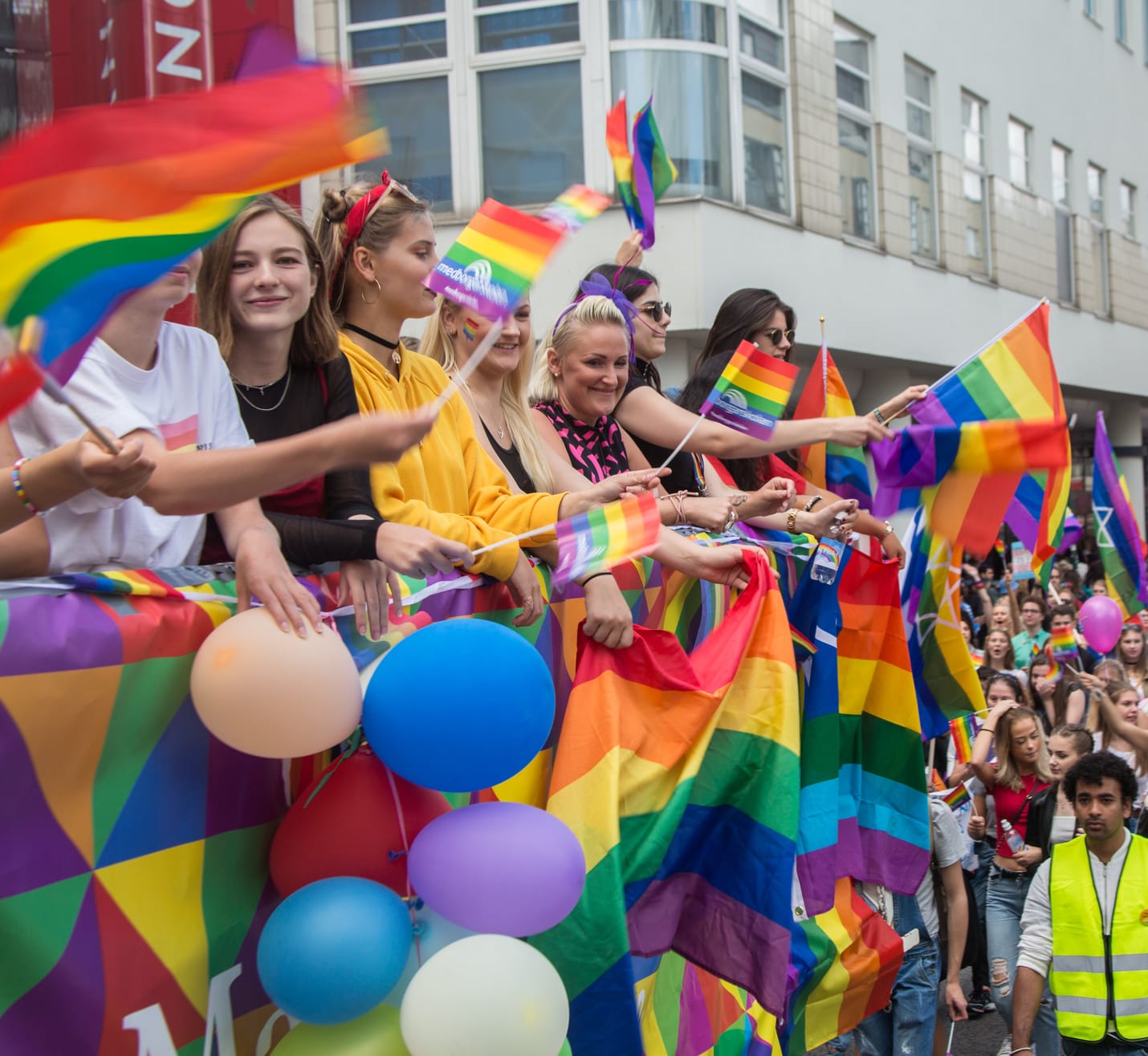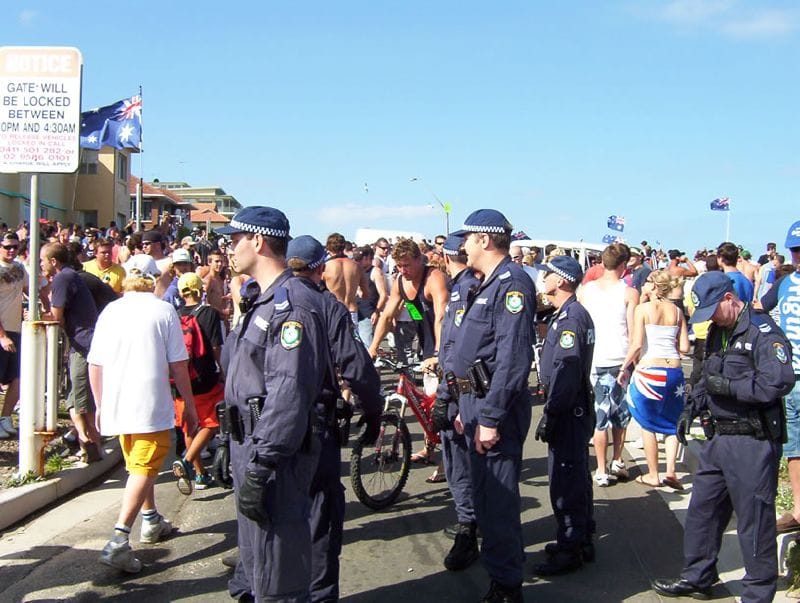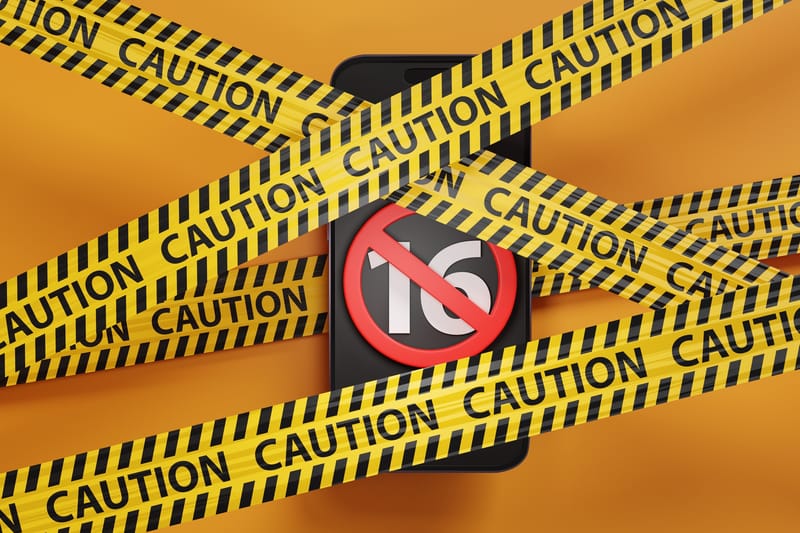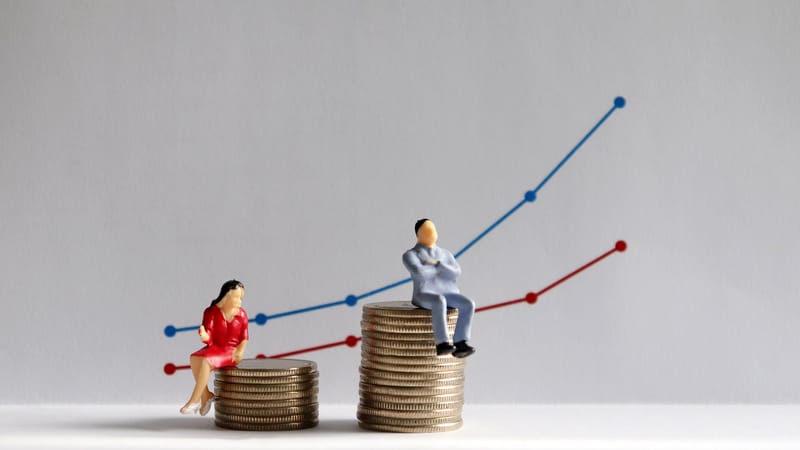
As the celebrations start to wind down, it's timely to reflect on the broader implications of the decision last week to change the definition of marriage in the Marriage Act 1961 (Cth) from being the union of a man and a woman, to being the union of two people. For many LGBTIQ people, this law reform means they finally have the chance to marry the person they love, and we can expect to see plenty of rainbow weddings in 2018 and beyond. But the attainment of marriage equality means so much more than that for so many people.
For some it's about recognition of existing marriages
Because Australia dragged its feet for so long on this issue, many couples chose to marry overseas, notwithstanding that their marriages would not be legally recognised when they returned to Australia. Jacqui Tomlins and Sarah Nichols, for example, married in Canada, where Sarah is from, in 2003. For 14 years they've been tirelessly campaigning for their marriage to be recognised here, and last week that finally happened. All couples who married overseas, or in consulates in Australia, are at long last considered married under Australian law.
For some it's all about divorce
Unfortunately, not all married couples end up living happily ever after. For some LGBTIQ people who were married in other countries, the marriage equality campaign has been about divorce equality. In August this year, in the case of C v Australia, the United Nations Human Rights Committee found that Australia was in breach of international human rights laws by not allowing two women, who married in Canada, to file for divorce in Australia. In particular, Australia was held to be in breach of the non-discrimination provisions in Article 26 of the International Covenant on Civil and Political Rights (ICCPR). The committee found that there was no reasonable and objective basis for allowing heterosexual couples who married overseas to get a divorce in Australia, but not same-sex couples in the same situation.
Now that Australia has marriage equality, it also has divorce equality, and separated couples can finally bring their unhappy marriages to an end and move forward with their lives.
For many it's much more than just ‘same-sex marriage’
Throughout the debate on marriage equality, we often heard people referring to the issue as being about legalising same-sex marriage. While ‘same-sex marriage’ maybe a convenient shorthand phrase, the reforms passed by Parliament on 7 December 2017 amount to much more than just allowing same-sex couples to wed.
There were some incredibly powerful and moving speeches made by politicians in support of marriage equality, including those by Penny Wong in the Senate and Tim Wilson’s proposal to his partner in the House of Representatives. But, for me, the speech that was the most inclusive and insightful came from Cathy McGowan, the independent MP for the rural Victorian seat of Indi.
Cathy took people on her journey to understanding gender fluidity, and that not all people can be neatly put into boxes as male and female. She concluded her speech by saying “this legislation is not only about same sex — it’s about two people, however they define themselves”. The Marriage Act 1961 is now an inclusive piece of legislation that means two people can marry regardless of their sexual orientation, gender identity or intersex status.
The result is that people like Norrie, who won a High Court battle to be registered as neither a man nor a woman with the NSW Registry of Births, Deaths and Marriages, can now marry. It's therefore important to avoid the shorthand label of ‘same-sex marriage’, since that terminology excludes people like Norrie who identify as being a non-specific sex.
For some it's all about birth certificates
For many transgender people, achieving marriage equality means they can finally obtain a birth certificate that reflects the gender with which they identify. If a transgender person wants to change the sex recorded on their birth certificate, they can, but only if they are single. In most states and territories, a married transgender person is not able to get a new birth certificate unless they first divorce their spouse. This is an issue that the UN Human Rights Committee was asked to consider earlier this year. It found that Australia, by refusing to allow a married person to have a birth certificate consistent with their sex unless they get a divorce, was breaching the right to privacy and family (Article 17 of the ICCPR) and the right not to be discriminated against on the basis of marital status or gender identity (Article 26 of the ICCPR).
Now that we have marriage equality, transgender people such as Senator Janet Rice’s wife, Penny Whetton, can obtain an accurate birth certificate without having to first obtain a divorce.
Our gift to the next generation
Our laws have a profound effect on society. They shape and inform societal attitudes and opinions. Many of the people who were most outspoken in support of the 'No' campaign during the postal survey grew up in an era when being gay was still a crime (it wasn’t until 1992 that Tasmania became the last jurisdiction in Australia to de-criminalise homosexual conduct).
Even when our criminal laws ceased to proclaim being gay a crime, there were hundreds of other laws that made it clear that LGBTIQ people were lesser citizens who did not deserve to be treated with the same dignity and respect as heterosexual people.
Last week’s changes to the Marriage Act means that for the first time all young people in Australia are going to grow up knowing that they are free to marry the person they love. This sends a powerful message to our younger generations that all people are entitled to equality, regardless of their sexual orientation, gender identity or intersex status. Hopefully, this will play some part in improving the mental health outcomes, and reducing suicide rates in LGBTIQ youth, which are a direct result of the discrimination and exclusion that many young people have experienced.





